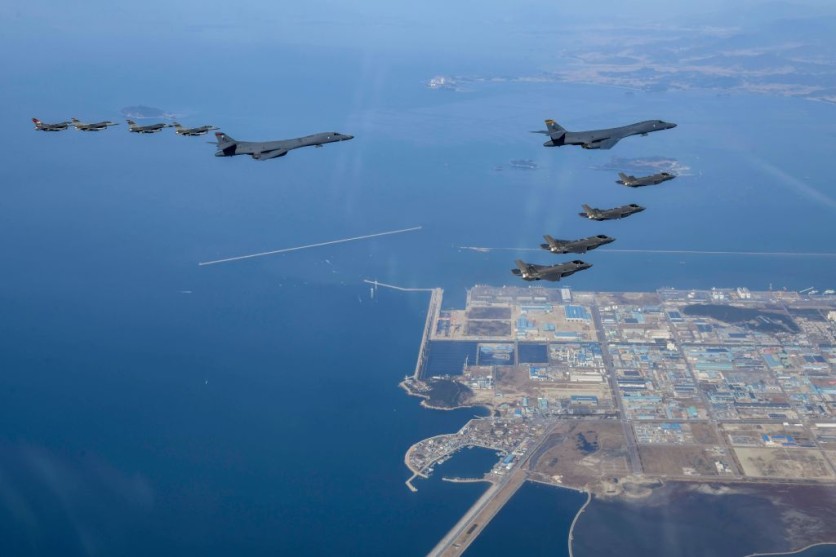State media reports that North Korea intends to deploy a spy satellite into orbit by April 2023. The plans were made public on Monday, Dec. 19, following what the state-run Korean Central News Agency (KCNA) described as an "important, last phase" test launch of a rocket before the project moves forward.

First Military Reconnaissance Satellite
According to the Pyongyang Times, the first military reconnaissance satellite will now be ready by April of next year according to the North Korean space department.
A spokesperson for the National Aerospace Development Administration (NADA) also told the news outlet that the test validated crucial technical parameters such as the technology of camera operation in space, the data processing and transmission capacity of communication devices, and the tracking and controlling the precision of the ground control system.
Along with the statement, North Korea also released public photographs of Seoul and Incheon in South Korea, which it claims were captured during a test to assess the satellite's potential for image processing.
Space.com notes that the declaration comes the day after South Korea's National Security Council condemned North Korea for firing two ballistic missiles on Sunday, Dec. 18.
Although South Korea's military leadership claimed that North Korea's ballistic missiles were launched at sharp angles and descended to altitudes of 340 miles (550 kilometers) before landing in the East Sea, it is unclear if those missile launches were associated with the reported satellite launch vehicle.
Both events appear to have been reported using what are known as lofted trajectories, which involve firing missiles almost vertically. Space.com explains that these test vehicles can go long distances along this route and still land close to where they took off.
Read Also : North Korea's ICBMs to be More Undetectable and Mobile; New High-Thrust Motor Successfully Tested
US Space Forces Korea
The North's spy satellite launch announcement follows the establishment of the United States Space Force's presence in South Korea, which is also known as US Space Forces Korea.
The new command's objectives, according to Gen. Paul LaCamera, commander of US Forces Korea, are to defend homelands and maintain stability on the Korean peninsula and throughout Northeast Asia.
"Just 48 miles north of us exists an existential threat; a threat that we must be prepared to deter, defend against, and - if required - defeat," Lt. Col. Joshua McCullion said in a statement.
On November 2, North Korea launched a record-breaking 23 missiles, most of which were directed into the ocean. The next day, it performed an unsuccessful test of its most potent ballistic missile.
Related Article : North Korea's New Defense Law to Maintain Country's Nuclear Technology-No More Sharing of Nukes?

ⓒ 2025 TECHTIMES.com All rights reserved. Do not reproduce without permission.




